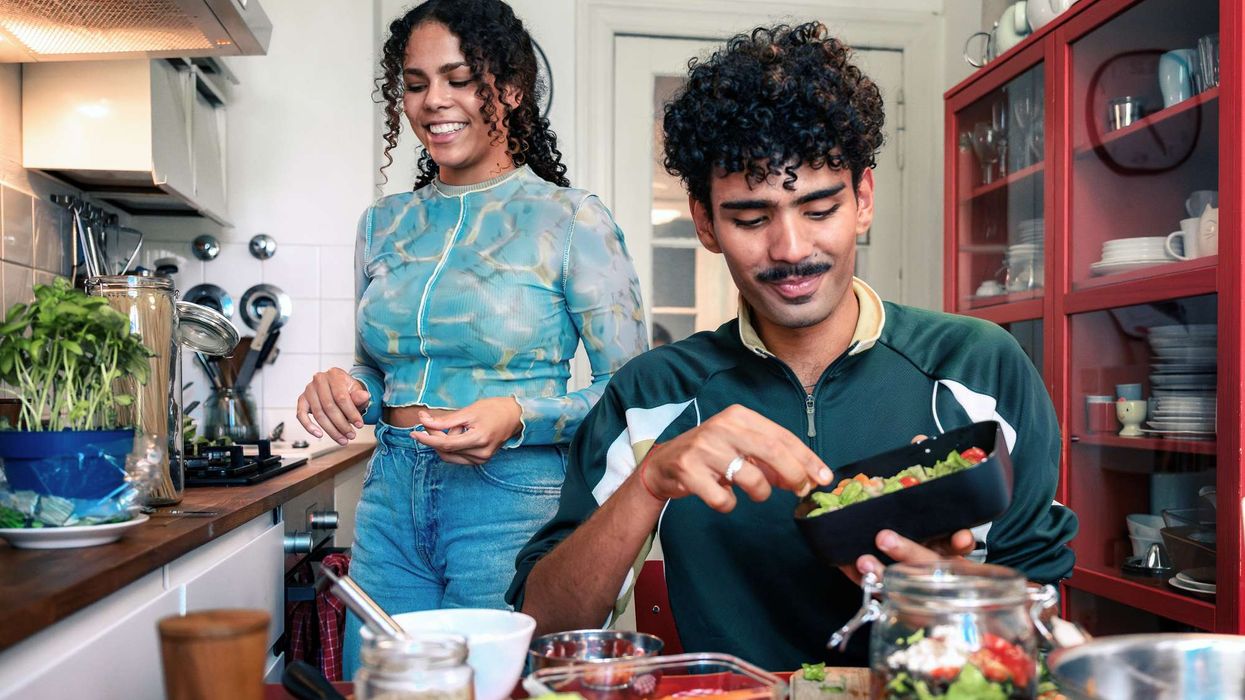BRITAIN has rolled out Moderna's Covid-19 vaccine on Wednesday (7) in Wales as its stock of other shots has fallen due to a supply crunch from AstraZeneca.
In the race to vaccinate its population, Britain is ahead of the rest of Europe with almost half of its citizens having had taken a first dose. But constraints in supply of Oxford-AstraZeneca vaccines has slowed down the vaccination programme.
Britain distributed almost 96,000 shots on Sunday (4) and just over 105,000 on Monday (5), the lowest figures since the government started publishing daily numbers in January.
Ministers had earlier warned that rollout would slow down in April because of delay in supply from AstraZeneca's India site.
"The Moderna vaccine rollout begins today, starting with Carmarthen in Wales," prime minister Boris Johnson said. "We have ordered 17 million doses that will be going into arms across the UK in the coming weeks.
"Please get your jab as soon as you are contacted."
Moderna, whose shots are already being used in the United States and other parts of Europe, will become the third vaccine to be used in Britain after the AstraZeneca and the Pfizer-BioNTech .
Moderna uses the same mRNA technology as Pfizer's shot but can be stored at normal fridge temperatures unlike its rival U.S. vaccine, which must be stored and shipped at ultra-cool temperatures.
Junior business minister Paul Scully told Sky News that the Moderna vaccine would reach the rest of the UK in the coming days.
"You've heard the vaccine minister Nadhim Zahawi talking about the third week of
April. We're already just about to start the second week of April so that's not too long to wait."
UK has vaccinated 31.6 million people with a first dose of a Covid-19 vaccine - and administered 5.5 million second doses - resulting in low cases of hospitalisations and deaths in recent weeks.






 Mareyah Bhatti , a sustainability strategist and passionate home cookMareyah Bhatti
Mareyah Bhatti , a sustainability strategist and passionate home cookMareyah Bhatti





